New Energy Insights Blog

Power Purchase Agreements: Engineering Investment Grade Projects
By: Rocky Shoemaker
When examining projects that are seeking third-party financing, such as through financed Power Purchase Agreements, it is important to understand the finance partner's technical requirements for the project and how those may differ from traditional two-party cash deals.
Depending on the complexity of the PV system, a traditional cash deal has two primary stakeholders: the customer and the installer. The installer should be obligated to deliver a system built to 'common industry practice' and to ensure code-compliance as it relates to getting the system permitted with the Authorities Having Jurisdiction (AHJs) and the interconnecting utility.
The customers in most cash deals are not usually experienced with solar energy systems and the intricacies of PV system design and operation. They want the system to produce the energy as advertised and rely on the installing contractor to provide them with a system that will do so for the projected lifespan. Installers provide a workmanship warranty, and sometimes some level of production guarantee, but once the system is installed and operational, the relationship is largely complete, and the installer moves on to the next project. Very few installers guarantee any type of lifetime energy production without it being specifically requested and often not even then.
In third-party financed deals, the stakeholders include the host (who may or may not also be a customer), one or more customers for the electricity, the installing contractor, the system owner, and sometimes one or more additional financing parties. The system owner in this instance is usually much more sophisticated when examining projected cash flows and ultimate returns on investment as they likely have dozens or hundreds of similar investments with strict return targets and a history of results to compare against what was originally designed. As such, PV system design, longevity, and projected production comes under much higher scrutiny as these all directly feed into the financial model.
Unfortunately, 'common industry practice' and code-compliance generally equates to the least common denominator for PV installations. Sure, following these standards will ensure you have a PV system that is safe to operate ' but not necessarily one that will last for 30+ years with ease and produce the anticipated amount of energy. This is where there often exists a gap between 'acceptable' PV system design and engineering and an 'investment-grade' asset.
The Design:
Requirements for what constitutes a complete design in the eyes of a permitting office vary wildly from locale to locale. A system to be installed in a major metropolitan area may have much more rigorous requirements to be permitted than that very same system in a rural area. More specific details may be required related to how the system will be installed, effectively grounded, attached to the support structure, the electrical architecture, how will it be connected to the utility, the list goes on. In less sophisticated jurisdictions, a simple one-page sketch may be all that is required.
In almost all cases, the level of detail being sought by a third-party institutional financier will exceed even the most stringent of permitting authorities. This is because the jurisdiction's primary motivation is to ensure a safely operating system. Details about the quality of materials selected, their longevity, the ability of the system to consistently produce energy at projected levels are not a relevant concern for the permitting authorities. These topics are critical from a financier's perspective. Having a highly detailed and well laid out design sets the expectation and removes doubt about what the final product will be.
The Installation:
Similarly, much higher field installation requirements are likely in investment-grade solar projects. As a general matter, rather than 'common industry practice' an installer will usually be held to the higher standard of 'industry best practice' for an investment-grade project. Higher quality materials may be specified. Lessons learned from constructing and operating dozens, or hundreds of projects may lead to installation requirements that exceed what is generally accepted as common industry practice. Examples of this are higher galvanic protection on exposed or buried steel or taking extra measures to avoid rodent or insect infestation in electrical enclosures or beneath solar modules. These extra measures serve to provide comfort that the project will require minimal ongoing or preventive maintenance. High-quality workmanship and attention to detail go a long way to making an installation investment-worthy.
Proper Documentation Throughout Construction Lifecycle:
One of the most challenging differences between cash sale projects and third-party-financed projects is project documentation. Often investment-grade projects are larger in scale and require meticulous document tracking, from weekly updated project schedules to identify any risks to completion dates, to very rigorous commissioning tests and reports that serve as a documented confirmation that the system was installed with the required quality and precision. Often, lenders will require a third-party independent engineer to review the system documentation and operation to perform an energy assessment that will further confirm the health of the asset. All these things need to be neatly and succinctly documented and preferably assembled into a project binder of sorts, digitally and physically, that becomes the complete record of the project lifecycle and can be transferred with the asset.
In all, due to some of the perceived complexities, it may seem a daunting task to move from a business model based on cash sales to a business model supporting third-party financed projects. But once you are familiar with expectations and the general process, and with a little effort, a consistent eye towards maintaining high-quality, and proper document tracking, the transition can be smooth and relatively painless. New Energy Equity is excited to continue to support this transition with our valued partners and make solar a reality for more customers around the country.
